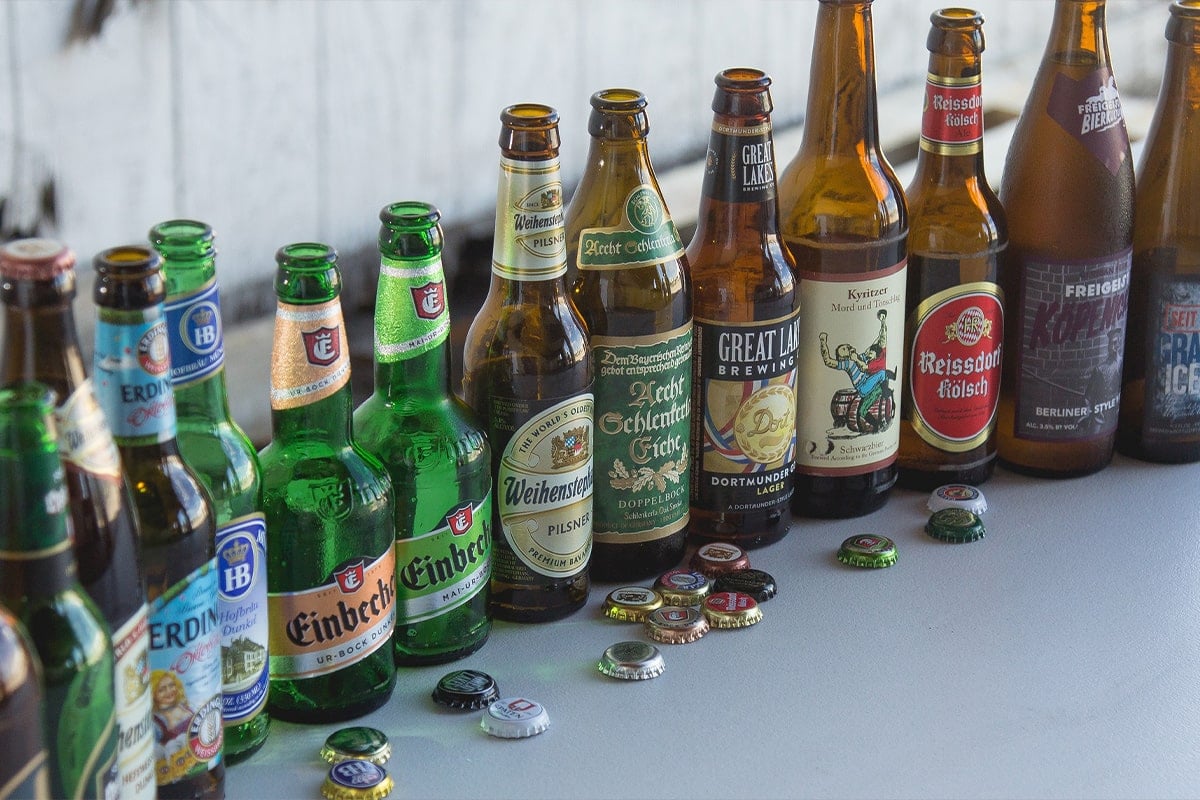
Sour beers have been around for centuries, but it feels like they’ve exploded in popularity in America over the last few years. And when we say sour we mean lip-puckering, tongue-tingling tartness more commonly associated with candy than beer, not gross-tasting beer that is waaaaay past its expiration date.

Every day, we’re seeing more of these sour beers hit store shelves and barroom taps across the country, and we’re sure you are, too. But just in case you haven’t been brave enough to take the plunge and try one out for yourself, we thought we’d provide a little background so you can make a more informed drinking decision.
What Makes a Sour Beer?
There’s one main culprit for the sourness of sour beers: bacteria. More specifically, many sours utilize a form of lactic acid-producing bacteria known as Lactobacillus. This bacteria (and other lactic-producing strains) occurs naturally, and in centuries past, brewers relied on open-air fermentation to encourage these cultures to form in the brew. In modern brewing, things are typically a bit more controlled, and brewers more strategically deploy lactic acid to create the precise sour effects they’re seeking.
Sour Beer Style Guide
Gose
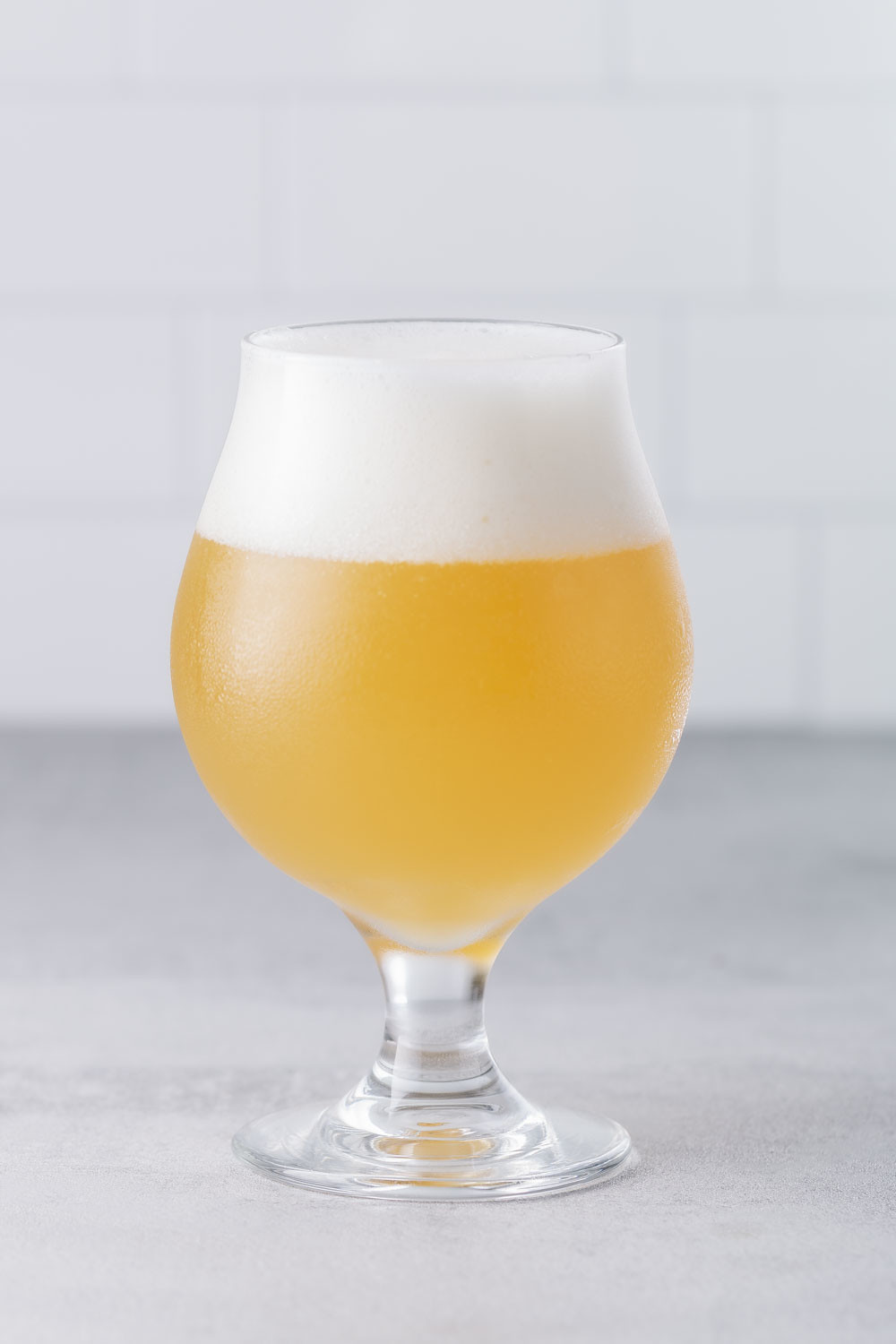
Perhaps the most widely available style in the United States, Gose is a top-fermented German wheat beer that’s distinguished by its use of salt and coriander. Most Goses are around 4% ABV. To create the sourness, Gose relies on the addition of lactic acid-producing bacteria (specifically Lactobacillus) after the boil.
Examples of Gose
- Anderson Valley - Blood Orange Gose (4.2% ABV)
- Founders Brewing - Green Zebra (4.6% ABV)
- Westbrook Brewing - Gose (4% ABV)
Berliner Weisse

Another German sour, Berliner Weisse, is made from a combination of wheat and barley kilned at low temperatures. Sourness is achieved through the addition of Lactobacillus bacteria, typically during secondary fermentation. Berliner Weisses are typically quite low in ABV (traditionally not more than 5%) and often feature fruity flavors to provide a bit of sweetness that balances out the sour backbone.
Examples of Berliner Weisse
- Ithaca Beer - Cayuga Cruiser (4.2% ABV)
- 3 Floyds Brewing - Deesko! (6.5% ABV)
- Dogfish Head Brewery - Festina Pêche (4.5% ABV)
Lambic
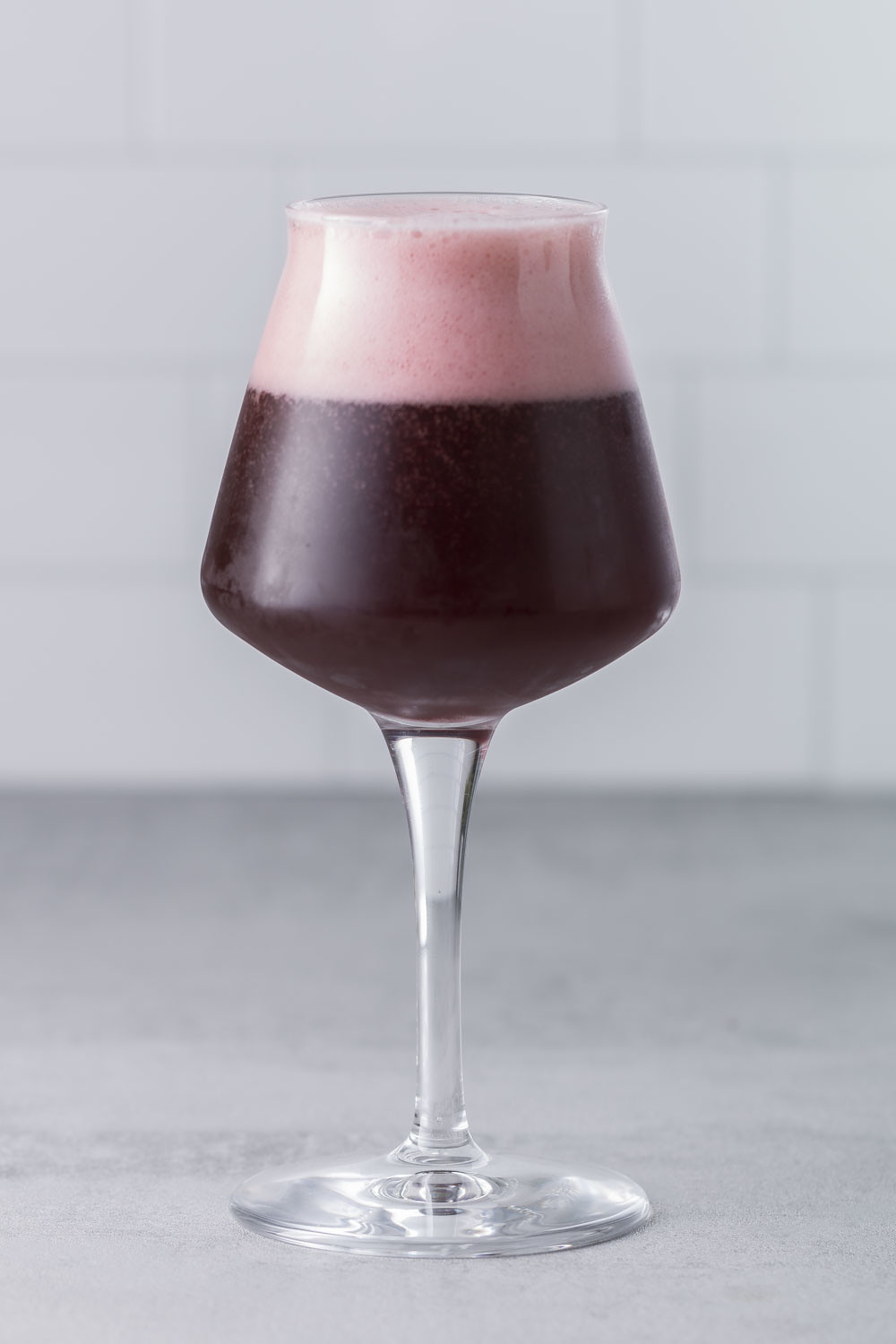
This Belgian brew, also known as Gueuze, relies on spontaneous fermentation from both airborne wild yeast cultures and previously tainted barrels. There are several varieties of Lambic, but the most prominent is the Fruit Lambic. After the fermentation has started, whole fruits like cherries, black currants, or raspberries are added to impart a noticeable sweetness. ABV is typically under 5% and sometimes as low as 2%.
Examples of Lambics
- Brouwerij Lindemans - Lindemans Framboise (2.5% ABV)
- Brasserie Cantillon - Gueuze 100% Lambic (5% ABV)
- Brouwerij Lindemans - Faro (4.5% ABV)
Flanders Red Ale
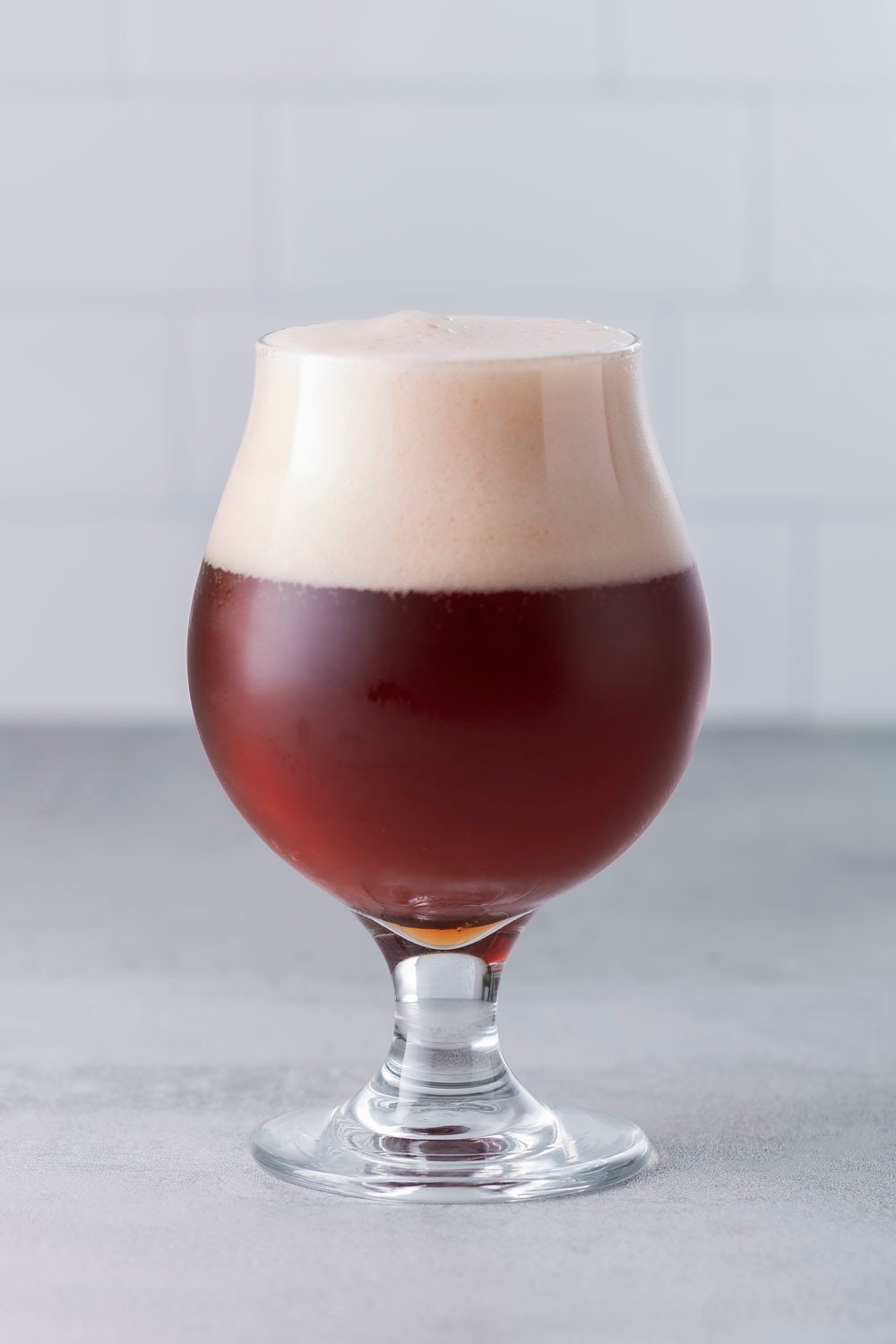
A Belgian brew with a storied history, Flanders Red Ales are, as the name suggests, typically reddish in color. They are carefully aged in casks and usually feature a blend of both old and young beer to create a distinctive flavor profile that’s noticeably tart, sharp, sour, and fruity all at once. Flanders Red Ales feature a moderate ABV level, usually between 4% and 8%.
Examples of Flanders Red Ale
- Brouwerij Rodenbach - Rodenbach Alexander (5.6% ABV)
- Brouwerij Verhaeghe - Duchesse De Bourgogne (6.2% ABV)
- The Lost Abbey - Red Poppy Ale (6.5% ABV)
American Wild Ale
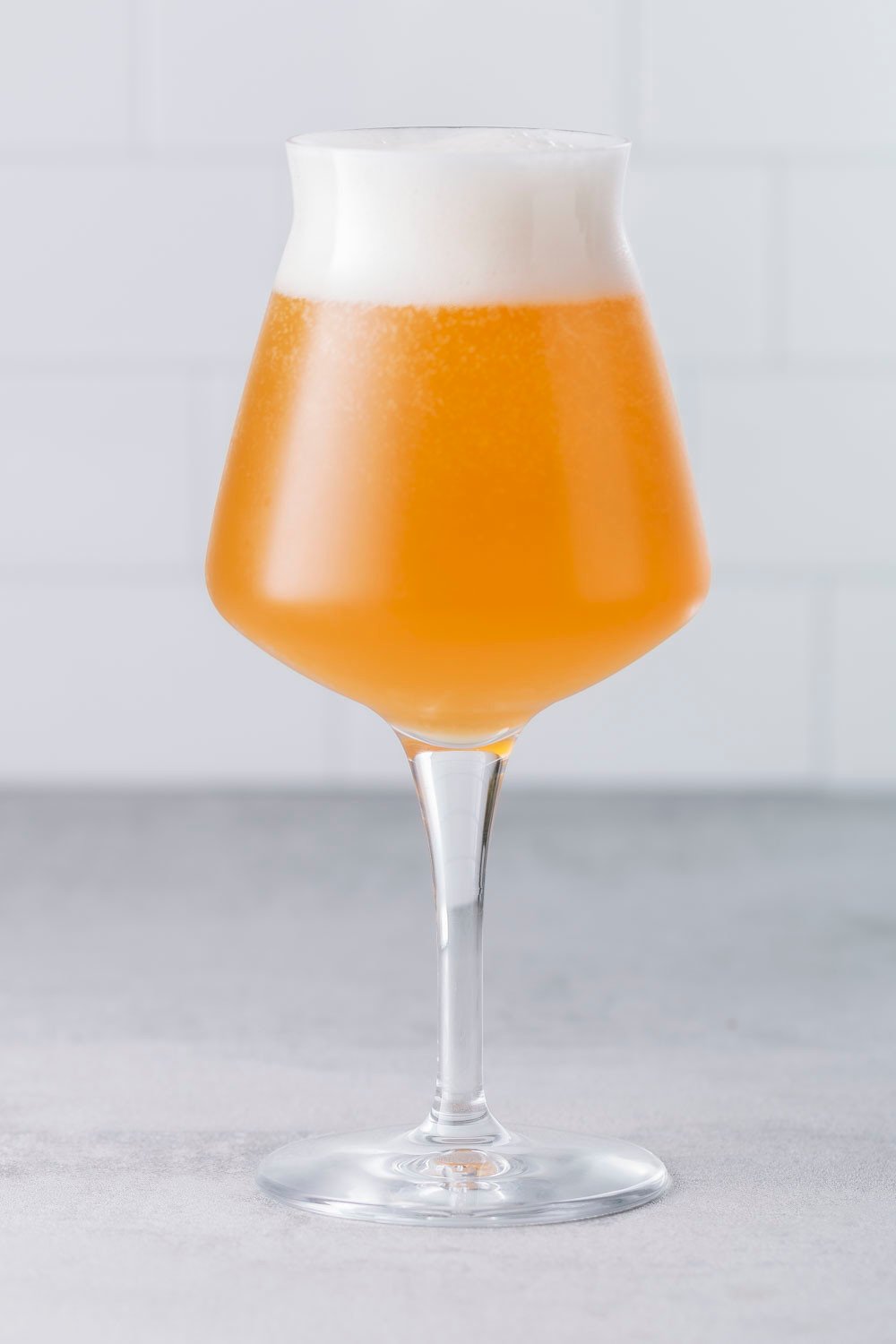
Because of their reliance on a wild strain of yeast, Brettanomyces, along with various lactic acid-producing strains, American Wild Ales usually feature some degree of sour character balanced with pronounced barnyard funk. Typically, these are very complex beers that reward patient consideration from an advanced palate. Furthermore, they are much higher in ABV than other sour styles, often coming in north of 7.5%. In other words, if you’re new to the world of sours, you might want to start with one of the other styles we’ve mentioned here before taking the plunge into American Wild Ales!
Examples of American Wild Ale
- Russian River Brewing - Consecration (10% ABV)
- Goose Island - Juliet (8% ABV)
- Goose Island - Lolita (8.7% ABV)
Flanders Oud Bruin
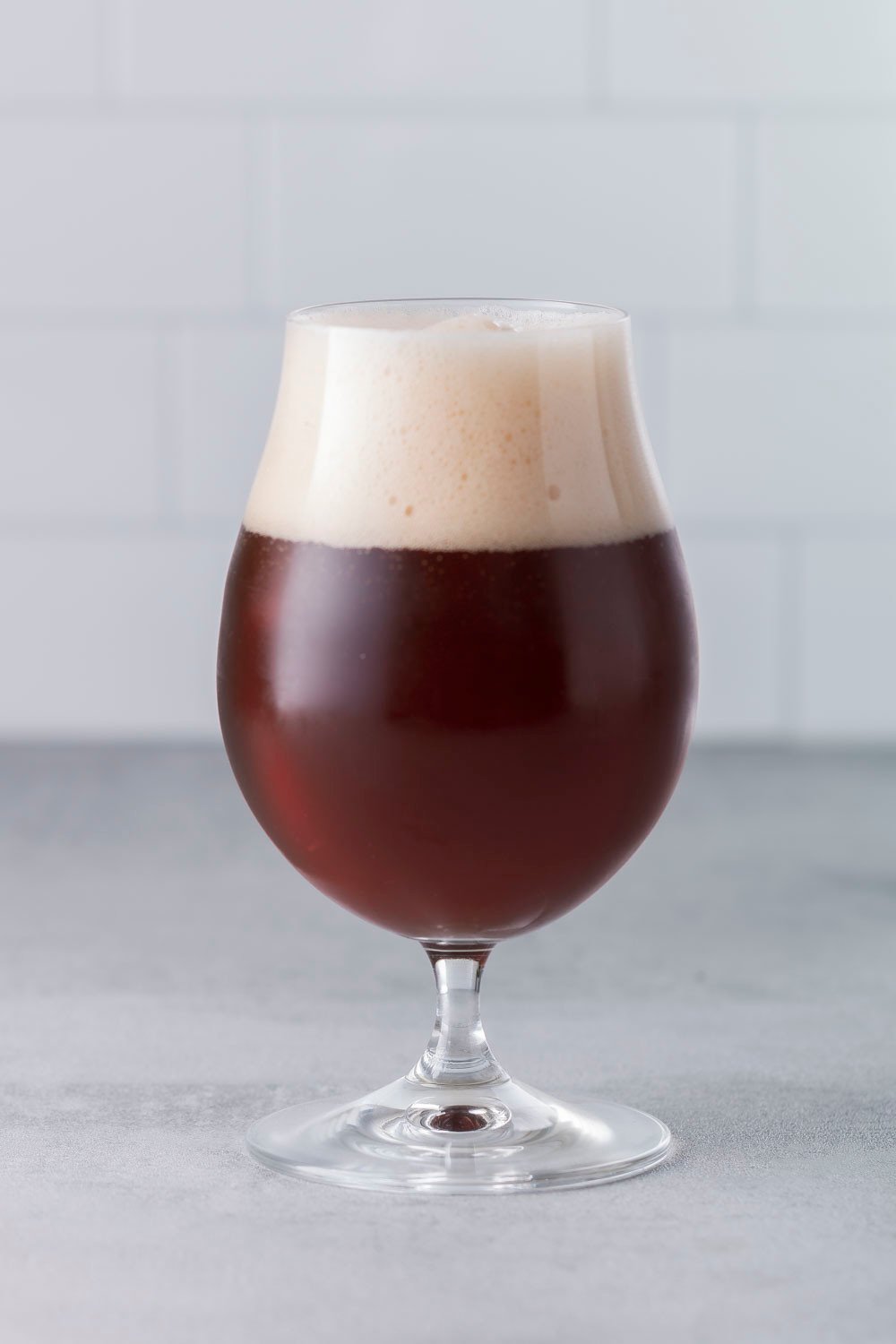
Oud Bruin (or Old Brown) is a style of beer from Belgium similar to Flanders Red Ale, but a brown ale is used as the base instead of a red one. This beer is aged in oak casks for as long as two years. The darker beer has a more malty, caramel taste compared to Flanders Red Ale although the flavor profile varies. They typically range in ABV from 4-8%.
Examples of Flanders Oud Bruin
- New Belgium Brewing - La Folie (7% ABV)
- Deschutes Brewery - The Dissident (10.5% ABV)
- Brewery Ommegang - Rosetta (5.6% ABV)
Fruited Kettle Sour
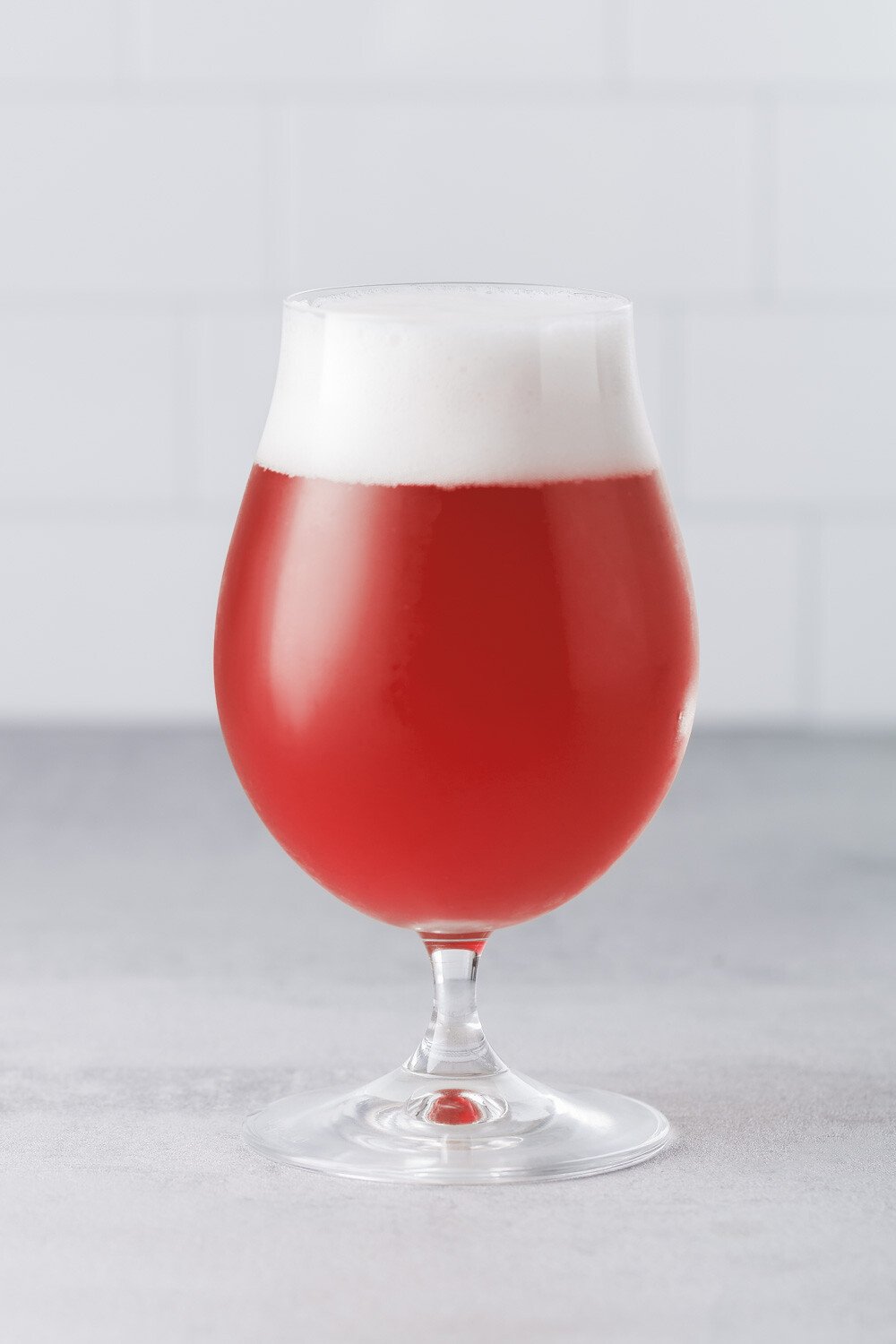
An American take on Berliner Weisse and Gose, this style is similarly made with Lactobacillus added during fermentation. The phrase “kettle sour” refers to the fact that the beer is brewed in a stainless steel kettle or fermenter instead of a wooden barrel. American craft brewers add a variety of fruits to achieve different flavors. This means the color of the beer can vary depending on the fruit added. The ABV level of Fruited Kettle Sours ranges from 3-10% ABV.
Examples of Fruited Kettle Sour
- K2 Brothers Brewing - Blue Razz Sour (6.5% ABV)
- Dogfish Head Brewery - SeaQuench Ale (4.9% ABV)
- Sierra Nevada Brewing - Wild Little Thing (5.5% ABV)
Sour IPA
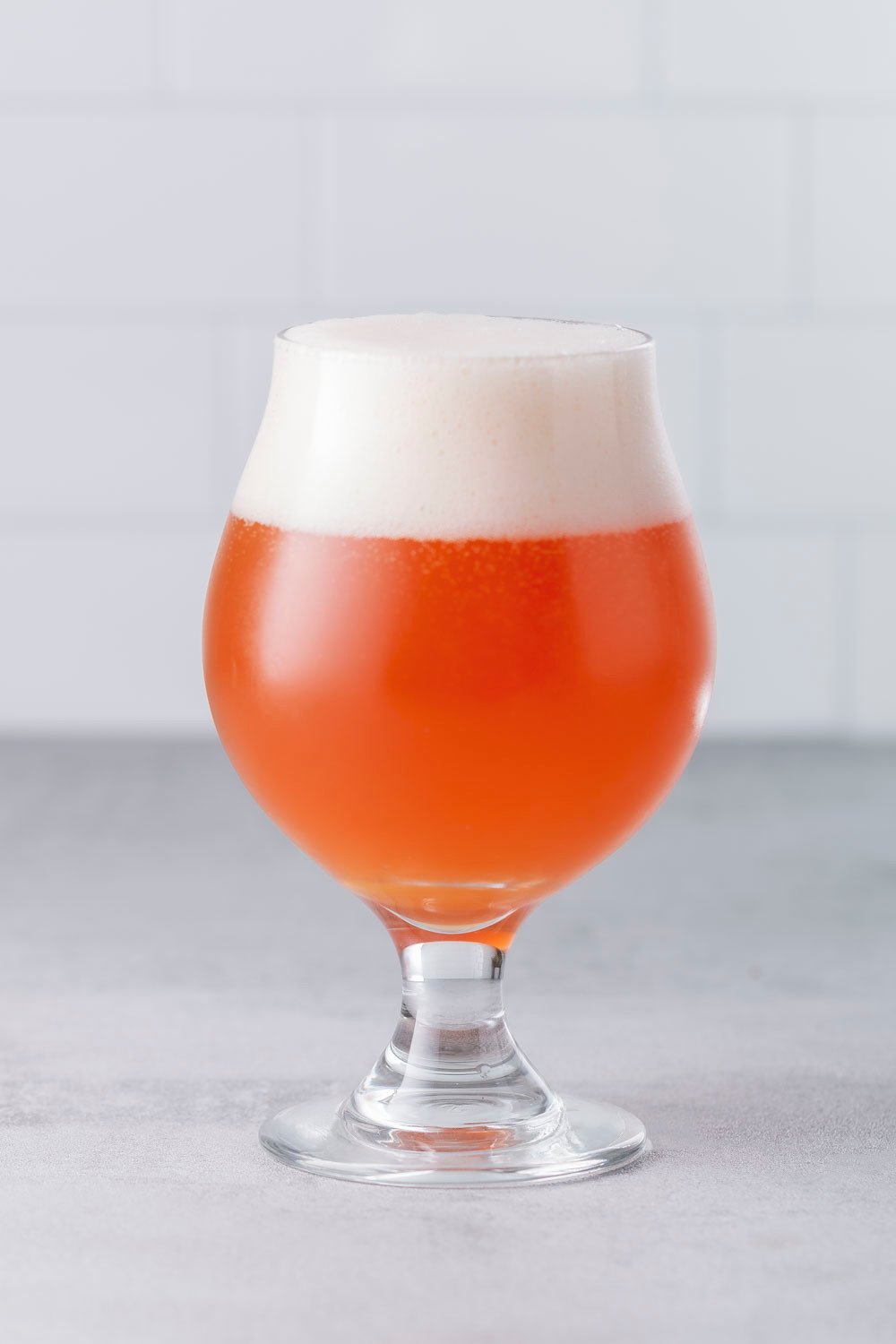
While not a true style of sour beer, Sour IPA is an American craft beer trend that developed in the late 2010s. Many of these beers are hazy New England IPAs with added tartness. Just like other sour beers, the tartness is derived from Lactobacillus added using the traditional method for brewing kettle sours. The hoppyness and juice-like citrus flavor of the IPA are balanced by the sour notes in beer to create an easy-to-drink and unique brew.
Examples of Sour IPA
- Rouge Ales - Combat Wombat (6.7% ABV)
- New Belgium Brewing - Sour IPA (7% ABV)
- Victory Brewing - Heavy Drop Sour New England IPA (7.2% ABV)
Sour Beer Glassware
The recommended style of glass for sipping sour beers is a tulip glass, which helps to concentrate the aromas and flavor in the beer. True craft beer connoisseurs will go with the Teku stemmed beer glass to enjoy a sour as it is designed to provide the best drinking experience possible.
The bright colors of fruited sour beers and sour IPAs make them a popular beer style to show off on social media. Having an eye-catching glass helps earn likes and engagement, and the angled design of the Teku makes it perfect for showing off the colors in a fruited sour.
Now that you know a bit more about sour beers, you’ll know what to look for in your glass when the time comes to try one for yourself! For those of you who have already hopped on the sour beer train, feel free to tell us some of your favorites in the comments! We’re always looking for new beers to try.
Tags:
Kegworks
Kegworks has been transforming hospitality spaces since 1998 with expertly crafted architectural metalwork and professional draft beer equipment, helping designers, architects, and bar professionals bring their visions to life.


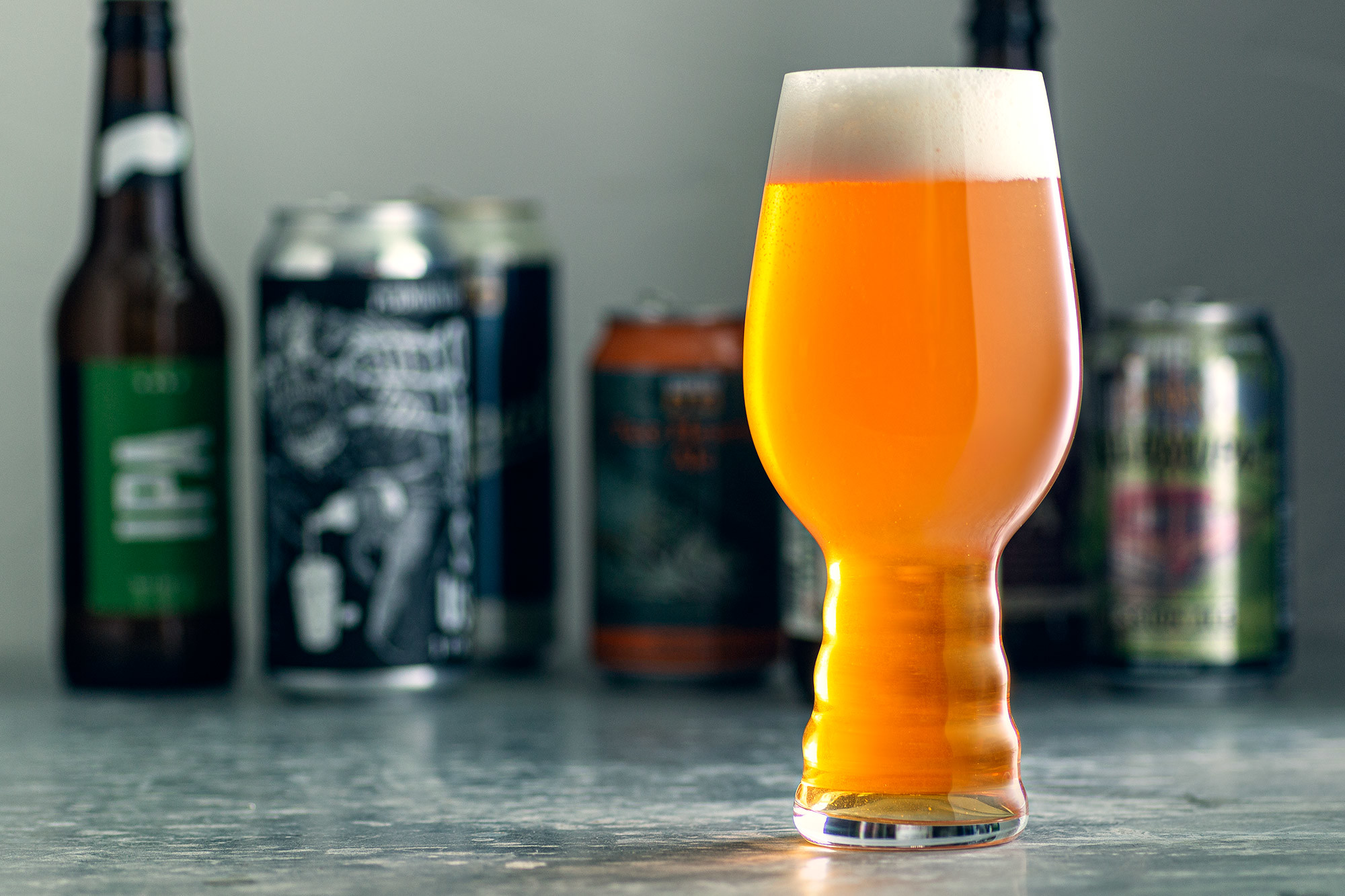
Leave a Comment